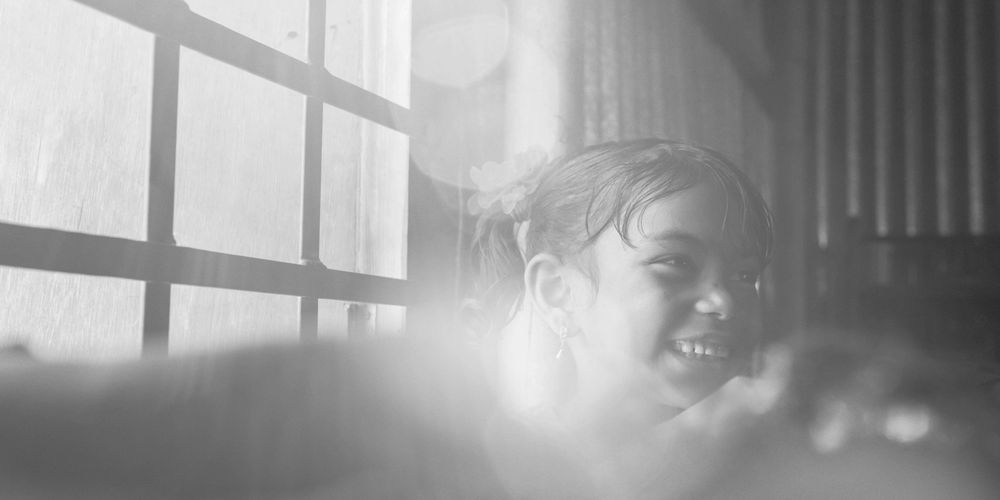
Videos
3 MIN READ

Rohingya refugees in Nepal strive for a better future

The tragedy in Myanmar continues to unfold. A mass exodus of refugees followed after the Myanmar government started violently persecuting the Rohingyas, a minority Muslim community. The grim images of burning villages in Myanmar, refugees making treacherous journey to Bangladesh made international headlines, yet this has not stopped the Myanmar government from what the UN calls a genocide led by military generals. The atrocities against Rohingyas continued even after Aung San Suu Kyi, once a freedom fighter and darling of the international community, came into power. She stands accused of remaining silent and doing nothing as crime against humanity took place in her country. Many are aware of the Tibetan or Bhutanese refugees in Nepal but very few know that there is a small community of Rohingya refugees concealed behind Kapan hill in the outskirts of Kathmandu. The first group of refugees arrived as early as 2012; who sent the word back to those fleeing the latest persecution in Myanmar that Nepal was a safe bet. The number of Rohingya refugees living in the Kapan camp was already at 147 according to UNHCR before the crackdown in Myanmar started, the number has risen to around 300 with a few adding up almost every month. These refugees survive on a meager income by working as carpenters and plumbers to afford basic amenities of life. This story is not about the hardships faced by the Rohingya refugees, however. It is about hope and optimism through the eyes of children in the community. This documentary is about a man who despite facing the adversities, decided to change something for the benefit of the community. He had set up a small classroom for the children of the Rohingya Muslims within the camp premises around a year back where they can learn to read and write before they can join the formal education in Nepal. Going to school provides them with a sense of normalcy and a place to process the experienced traumas. It also provides them with the best chance for a fulfilling future. When we visited the camps, we realized the school to be only cheerful part of the settlement. The kids would willingly interact with outsiders unlike the grownups who still seem to be a little skeptical of strangers. The older students who could recall the memories in their home country desired to go back. One of the students lamented, "We had trees of different fruits like mangoes and bananas back home, even a large ground where we could play and run. Here, all we have is the small congested camps we live in."
By Robic Upadhyay and Ashwin Sharma
:::
We welcome your comments. Please write to us at letters@recordnepal.com. Subscribe to our YouTube channel for more short docs.
Robic Upadhyay And Ashwin Sharma Ashwin Sharma is a photographer. He is currently studying media studies in Darjeeling. Robic Upadhayay is a Kathmandu based photographer. He is currently affiliated with Jazz Productions.


COVID19
Opinions
6 min read
We anthropomorphize the economy by using words such as 'healthy' to describe it, while reducing human beings who live and breathe to mere numbers
Perspectives
12 min read
Increasingly, non-Dalits are not just perpetrating violence against Dalits but protecting themselves from subsequent punishment by filing false counter charges against the victims
Longreads
Perspectives
13 min read
Nakunni Dhobi and the 20-day march to Kathmandu: How many women have returned to private cages of violence, never to reach out again?
Features
6 min read
Nepal has had a record number of landslide-related deaths this year
COVID19
Features
4 min read
Nepal’s first three Covid19 deaths could have been avoided with timely ambulance services and adequate medical care
News
2 min read
Villages routinely get swept away in Nepal’s most landslide-prone district because locals, fed up with government apathy, are building settlements in risky locations
Features
4 min read
The latest court ruling in the Nirmala Panta case muddies the waters even more
COVID19
Features
6 min read
Nepal’s prison system is inadequately equipped to deal with mounting coronavirus cases